Most people think if they got a rash after taking penicillin as a kid, they’re allergic for life. But here’s the truth: penicillin allergy is often misdiagnosed. In fact, 9 out of 10 people who say they’re allergic to penicillin aren’t. That’s not a guess-it’s backed by data from the CDC and major medical journals. And this mistake isn’t just inconvenient. It’s dangerous.
What’s Actually an Allergy?
A true penicillin allergy is an immune system response. Your body sees penicillin as a threat and launches a defense. That means symptoms come from histamine, inflammation, and sometimes life-threatening reactions. These usually happen fast-within minutes to an hour after taking the drug.Signs of a real allergy include:
- Hives (raised, itchy red welts)
- Swelling of the lips, tongue, or throat
- Wheezing or trouble breathing
- Dropping blood pressure
- Anaphylaxis (a full-body emergency reaction)
These reactions are rare. Only about 0.1% to 0.5% of people who take penicillin have them. But they’re serious. If you’ve ever had any of these symptoms, you need to get tested before taking penicillin again.
What’s Just a Side Effect?
Most reactions people call "allergies" are just side effects. They’re not immune-driven. They’re the drug’s normal, predictable behavior in your body.Common side effects of penicillin include:
- Mild nausea or stomach upset (happens in 5-10% of people)
- Diarrhea (1-2% of users)
- Vaginal yeast infections
- Headache
- A mild, flat, pink or red rash (often mistaken for allergy)
That rash? It’s often linked to viral infections like mononucleosis, not penicillin. Kids get it all the time. But if a doctor writes "penicillin allergy" in their chart because of a rash from a cold, that label sticks for decades.
Why This Mistake Costs Lives
When you’re labeled allergic to penicillin, doctors avoid it-even if you’re not actually allergic. That means you get other antibiotics. And those alternatives? They’re often broader-spectrum, stronger, and riskier.Here’s what happens:
- You’re 70% more likely to get a different antibiotic
- 45% of the time, it’s something like clindamycin or ciprofloxacin
- Those drugs raise your risk of C. diff infection by more than double
- They increase chances of MRSA colonization
- You’re more likely to get antibiotic-resistant infections
And it’s not just about infection risk. A 2018 study in JAMA Internal Medicine found patients with fake penicillin allergy labels cost hospitals an extra $1,000 per admission. That’s because they stay longer, need more tests, and get pricier drugs.
Even worse: a 2019 study in the Journal of Allergy and Clinical Immunology showed people with mislabeled penicillin allergies had 6 more deaths per 1,000 patients within a year of hospitalization. Not because penicillin killed them. Because the drugs they were given instead did.
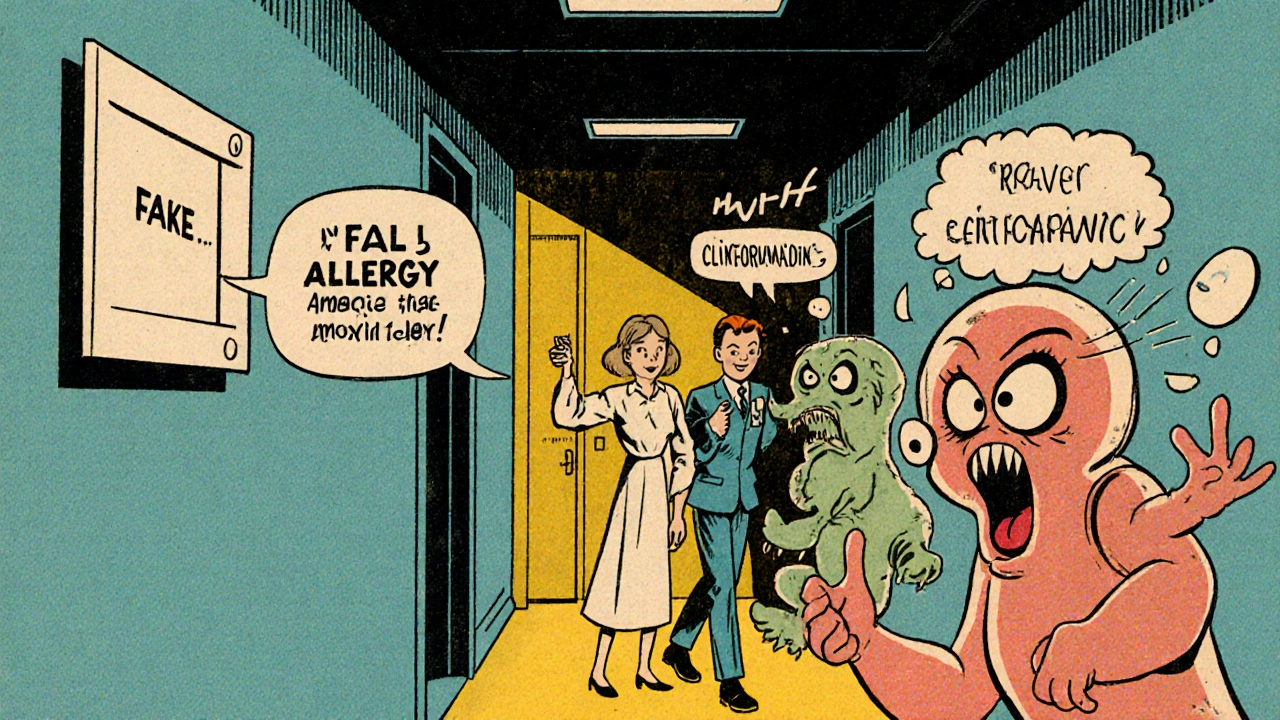
How to Find Out If You’re Really Allergic
You don’t have to live with a label you don’t deserve. There’s a simple, safe, and proven way to check: penicillin allergy testing.The gold standard is a three-step process:
- History review-Your doctor asks detailed questions: When did the reaction happen? What did it look like? Did you need epinephrine? Did it happen within an hour? This uses the PEN-FAST tool, a validated scoring system.
- Skin test-A tiny amount of penicillin is placed under your skin. If you’re truly allergic, you’ll get a red, itchy bump within 15-20 minutes. This test is 95% accurate.
- Oral challenge-If skin testing is negative, you take a small dose of amoxicillin under supervision. You’re watched for an hour. Over 99% of people who pass this step have no reaction.
At Mayo Clinic, over 52,000 patients went through this process between 2015 and 2022. Only 2.3% ended up with a confirmed allergy. The rest? They got their label removed.
What About That Rash From 20 Years Ago?
Here’s the good news: penicillin allergies often fade. Studies show 80% of people who had a true IgE-mediated reaction in childhood lose their sensitivity after 10 years. That means if you were told you were allergic at age 7, you’re probably not allergic now.Doctors don’t always check. But you can. If you’ve never been tested and your reaction was mild-a rash, no breathing trouble, no swelling-you’re a strong candidate for testing.
One Reddit user, u/PenicillinNoMore, spent 25 years avoiding penicillin after a childhood rash. He ended up with multiple hospital stays on vancomycin, costing over $15,000 extra. After testing, he found out he wasn’t allergic. He now takes amoxicillin without issue.
Who Can Get Tested?
You don’t need to be in a big city. More hospitals and clinics are offering penicillin allergy clinics now. Pharmacists, allergists, and even some primary care doctors trained in allergy protocols can help.You’re a good candidate if:
- You were told you’re allergic based on a rash
- Your reaction happened more than 10 years ago
- You never had trouble breathing or swelling
- You’ve never needed epinephrine or an ER visit
Insurance usually covers testing now. The CDC and CMS pushed for reimbursement changes in 2023, making skin tests more accessible.
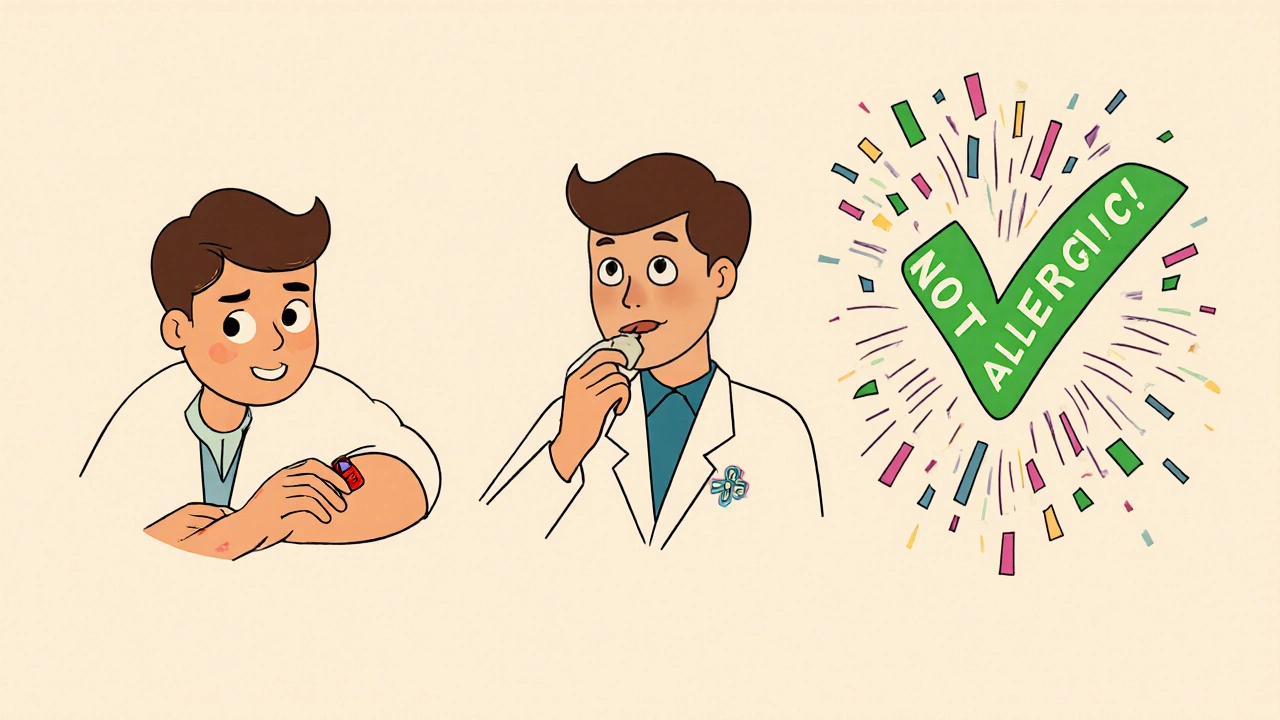
What If You’re Still Worried?
It’s normal to be scared. One survey found 32% of people refused testing because they feared a reaction. But here’s the reality: in over 50,000 tests done at major hospitals, there were zero fatal reactions during oral challenges. The risk is extremely low.And if you’re still unsure? Talk to your doctor. Ask: "Can I get tested?" If they say no, ask why. If they say "It’s not worth it," ask them to look up the CDC’s 2022 guidelines on antibiotic stewardship. They’ll see it’s a priority.
What’s Changing Right Now
This isn’t just theory-it’s becoming standard care. The CDC’s new Penicillin Allergy Assessment Tool (PAAT), a smartphone app launched in 2022, helps doctors decide who should be tested. It’s already built into Epic’s electronic health record system, used by 250 million Americans.Hospitals are being financially rewarded in 2025 for reducing unnecessary antibiotic use. That means more clinics are setting up testing programs. Some can test 15-20 patients a week.
Within five years, experts predict penicillin allergy testing will be as routine as checking your blood pressure. Because it’s not about fear. It’s about using the right medicine safely.
What to Do Next
If you’ve ever been told you’re allergic to penicillin:- Look at your medical record. What was the reaction? When? What were the symptoms?
- Write down the details. Did you get hives? Swelling? Trouble breathing? Or just a rash and upset stomach?
- Ask your doctor: "Could I be tested to see if I’m still allergic?"
- If they don’t know how, ask for a referral to an allergist or pharmacist with allergy training.
You don’t need to live with a label that could be wrong. And you don’t need to risk worse infections just because someone misdiagnosed you decades ago. Testing is safe. It’s accurate. And it could save your life-or at least your next prescription.
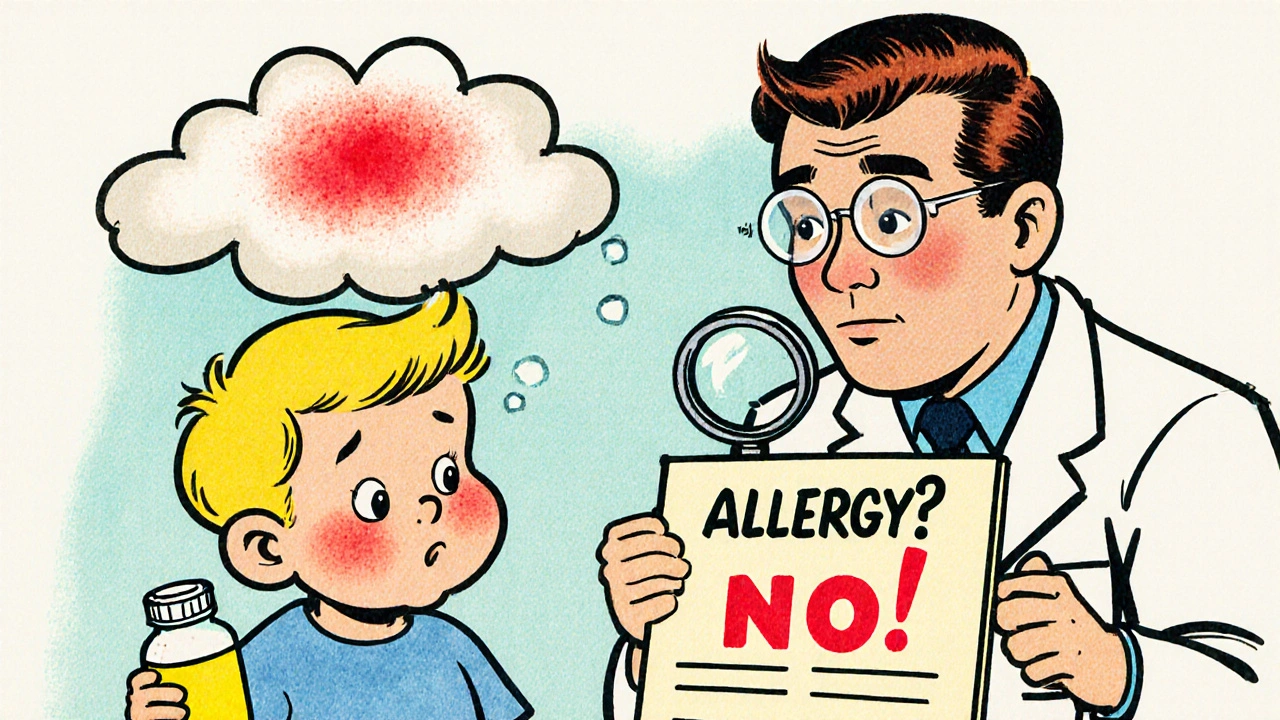
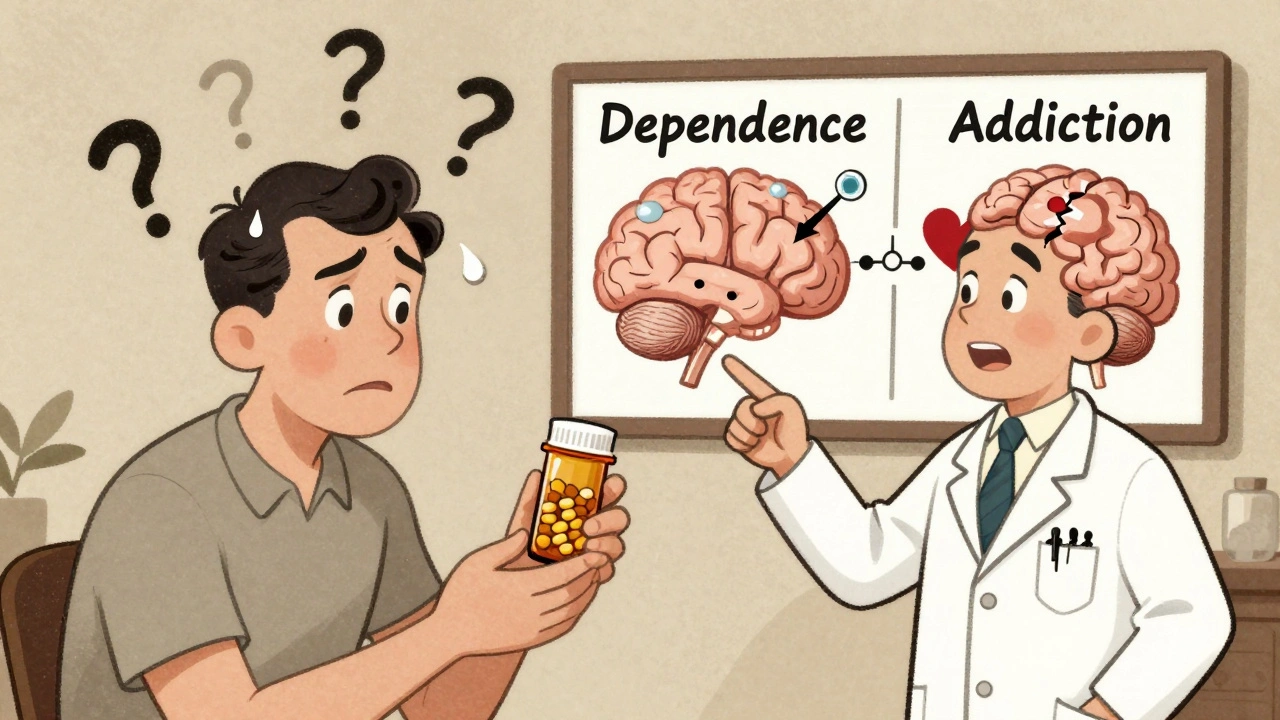
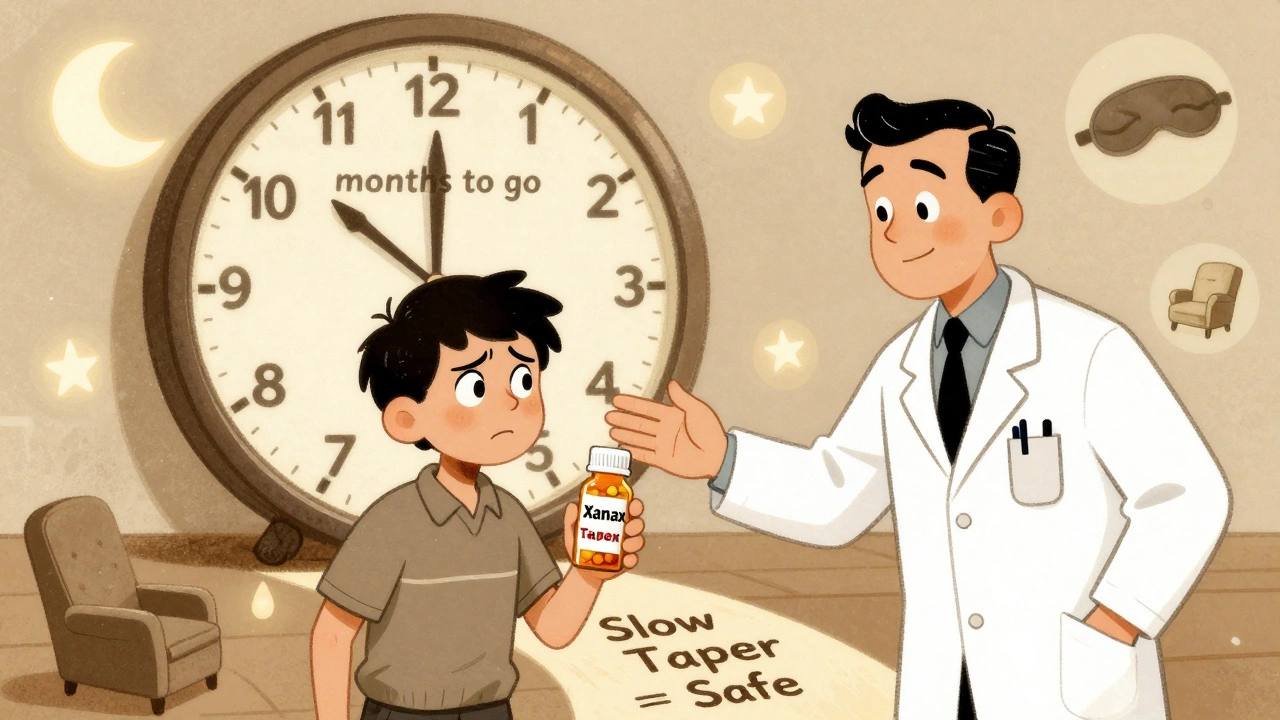
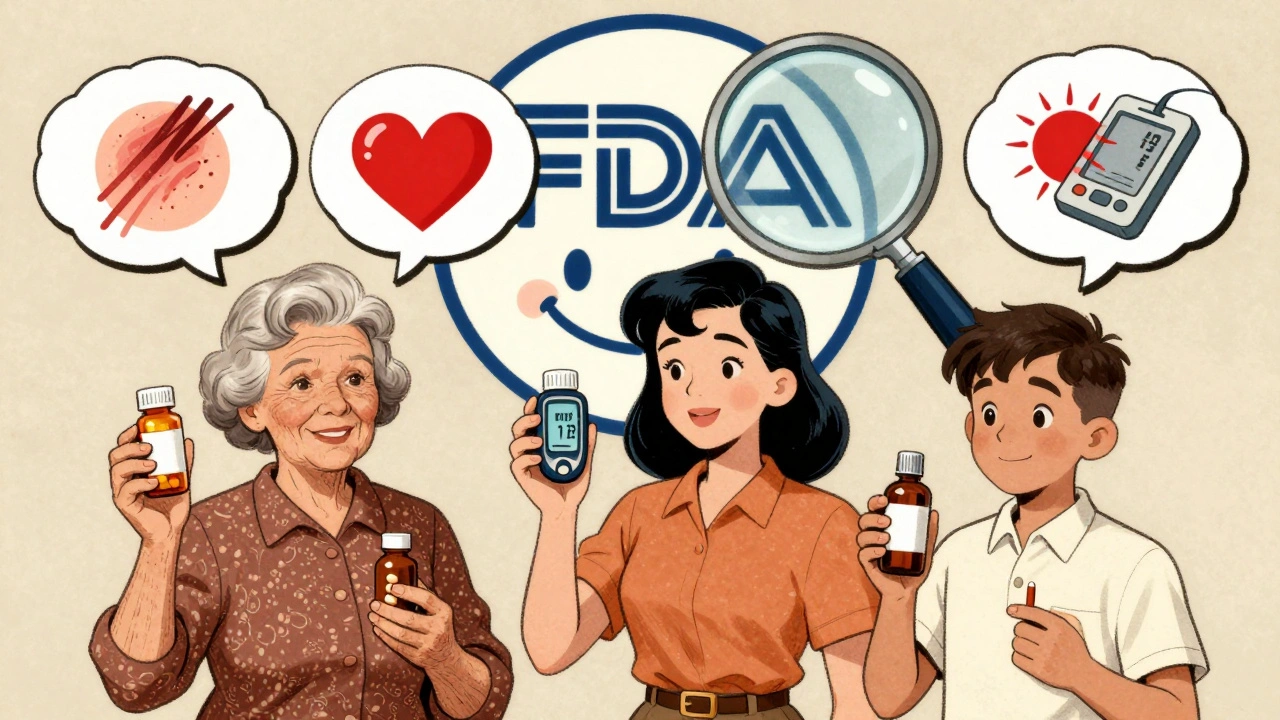
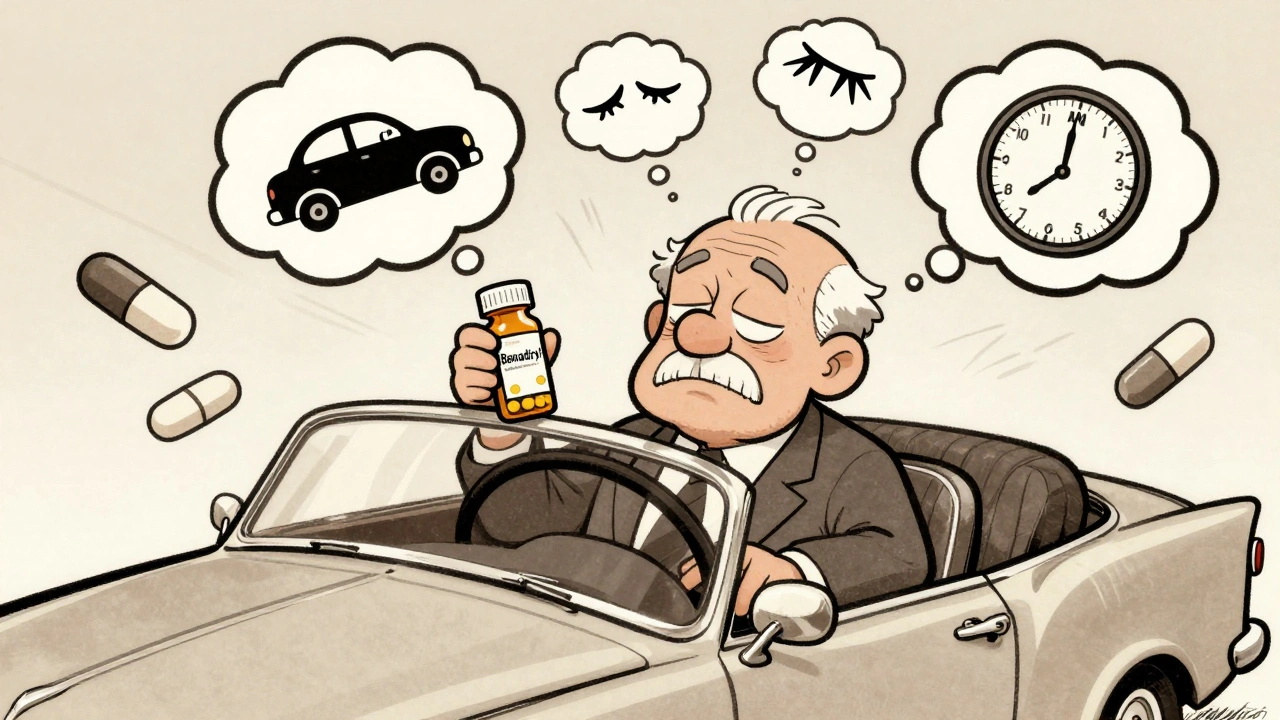
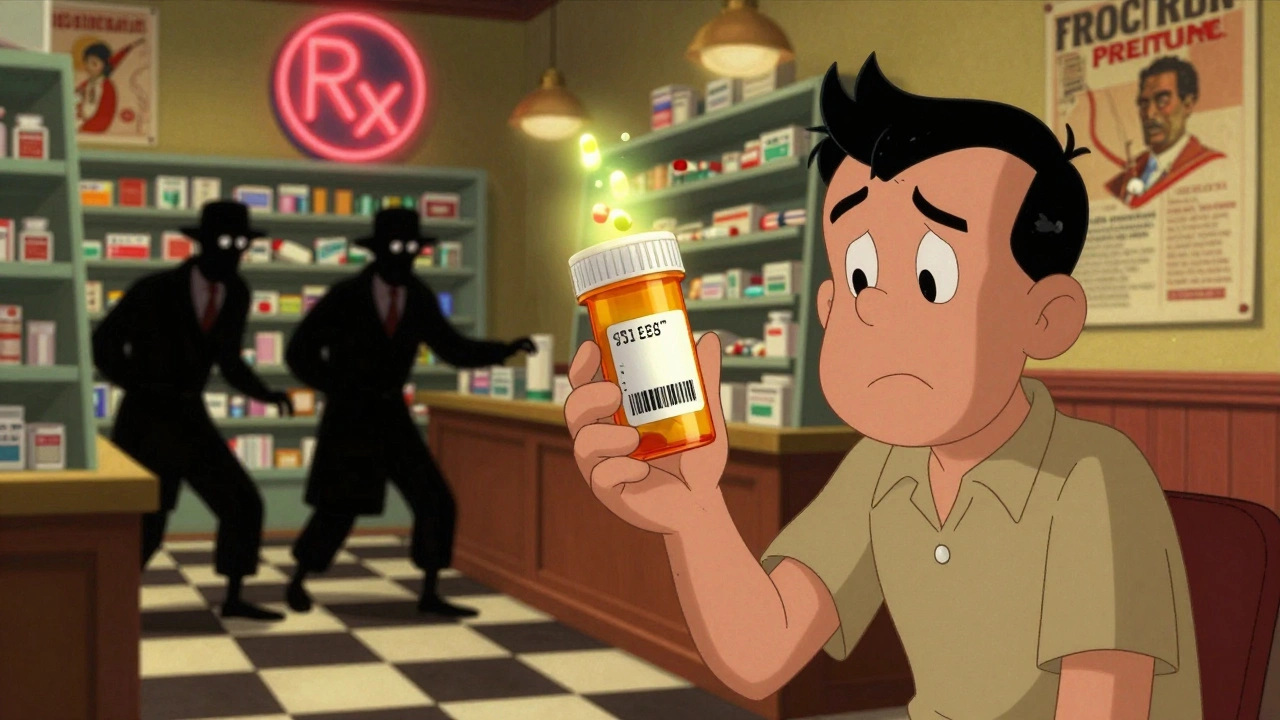
Javier Rain
November 21, 2025 AT 20:07I used to be one of those people with a childhood rash labeled 'penicillin allergy'-stuck with clindamycin for every sinus infection. Turned out I wasn’t allergic. Got tested at my local pharmacy clinic last year. Zero reaction. Now I take amoxicillin like it’s candy. Why didn’t anyone tell me this sooner?
Matthew Mahar
November 22, 2025 AT 12:48OMG I JUST REALIZED I’VE BEEN AVOIDING PENICILLIN SINCE I WAS 8 BECAUSE I GOT A RASH DURING A STREP THROAT-BUT I HAD MONO AT THE TIME 😭 THIS ARTICLE JUST CHANGED MY LIFE. I’M CALLING MY DOCTOR TOMORROW. THANK YOU.
Richard Wöhrl
November 24, 2025 AT 11:44It’s astonishing-truly astonishing-that so many patients carry this label for decades without ever being re-evaluated. The data is overwhelming: 90% misdiagnosis rate. And yet, primary care providers rarely mention testing. The CDC’s PAAT tool is a game-changer-but only if doctors actually use it. We need mandatory allergy re-assessment protocols in EHRs.
Pramod Kumar
November 24, 2025 AT 12:40Bro, this is the kind of stuff that saves lives in places like rural India too. My cousin got stuck with expensive, toxic antibiotics for years because of a rash from a fever-no one ever questioned it. Now she’s got C. diff because of it. This isn’t just a US problem. We need awareness campaigns here too-simple posters in clinics, videos on WhatsApp. People need to know they can get tested. No more blind labels!
Suresh Ramaiyan
November 24, 2025 AT 20:10It’s funny how we fear the medicine we were told to fear, even when it’s the safest option. We’re taught to trust labels-doctor’s notes, chart warnings-but we rarely question the origin of those labels. Maybe we’re not allergic to penicillin. Maybe we’re just allergic to outdated thinking. Time to unlearn the fear.
Katy Bell
November 26, 2025 AT 02:36I’m a nurse and I’ve seen this so many times. A kid gets a rash, gets labeled allergic, and boom-20 years later they’re on vancomycin for a UTI. I always tell my patients: 'If it was just a rash and you didn’t swell or struggle to breathe, you’re probably fine.' But so few doctors actually follow up. So glad this is changing.
Vivian C Martinez
November 27, 2025 AT 07:30My mom was told she was allergic to penicillin after a mild rash at age 6. She’s 68 now. Last year, after a severe UTI, she ended up in the hospital because the alternatives didn’t work. We pushed for testing. She passed the oral challenge. She cried. Not because she was scared-but because she realized she’d spent 62 years avoiding something that could’ve saved her from so much pain. This is so important.
Ross Ruprecht
November 27, 2025 AT 10:26Yeah sure, but what about the 10% who actually are allergic? You think we should just throw out all the warnings because most people are wrong? That’s not how medicine works, bro. You don’t un-label a life-threatening allergy just because it’s ‘inconvenient.’
Bryson Carroll
November 29, 2025 AT 08:14Classic hypochondriac fear-mongering. You want everyone to get tested because you're too lazy to read a label? The 10% who are truly allergic? They’re the ones who nearly die. You want to gamble with their lives because you got a rash from a cold? Pathetic. This isn’t ‘awareness’-it’s medical irresponsibility dressed up as empowerment.
Jennifer Skolney
December 1, 2025 AT 02:31My grandma got tested last year after 50 years of avoiding penicillin 😭 She’s now on amoxicillin for her pneumonia and it worked like magic. No more IVs, no more hospital stays. I’m so glad we did it. If you’ve ever had a rash and no breathing issues… just get tested. You’ve got nothing to lose. 💙
JD Mette
December 1, 2025 AT 20:34My dad had a severe reaction to penicillin in the 70s-hives, swelling, needed epinephrine. He’s never been tested again. I’m not sure he ever will be. But I’m glad this article makes it clear: if your reaction was mild, it’s worth looking into. Not everyone needs to be tested-but if you’re unsure, it’s better to know.